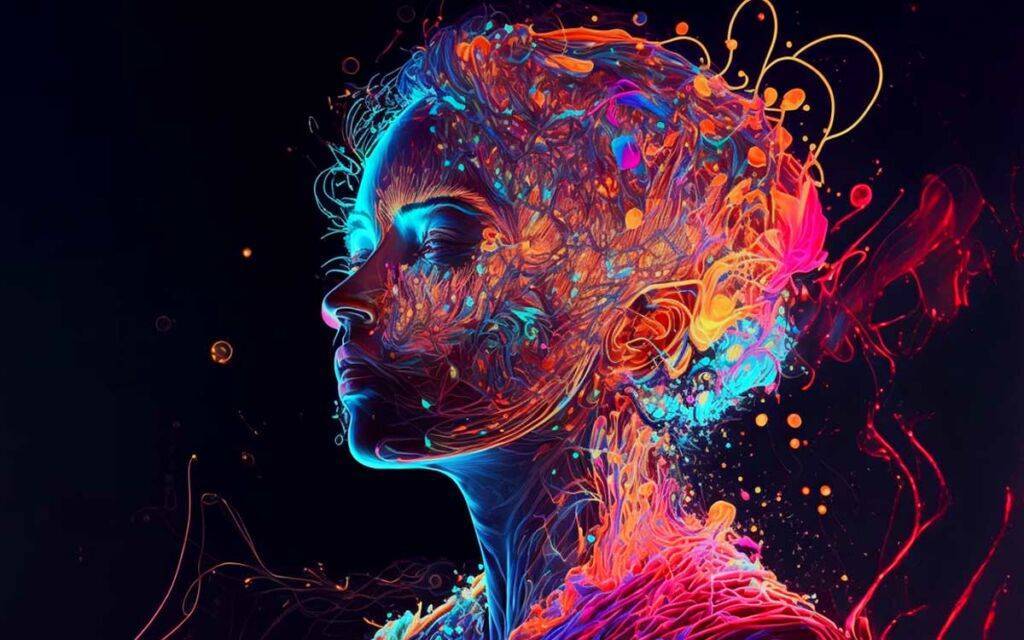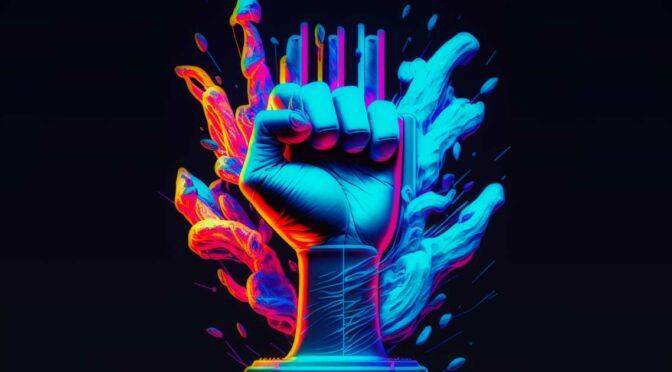“When I arrived at Oxford University back in 1988, psychologists were studying sight in one lab and hearing in another; and I thought to myself “Well that doesn’t make much sense, does it?” Historically, neuroscience and psychology has always explored the senses separately. The reality is you cannot consider vision without also considering hearing, tasting without also thinking about smelling. All the senses are intimately connected. Multi-sensory perception turns out to be the norm and not the exception. ”
— Charles Spence, Professor of Experimental Psychology at Oxford University
Professor Charles Spence of Oxford University is a leader in Senseploration – the investigation of how our senses mingle and tangle up.
His research led him to the conclusion our senses don’t operate independently at all.
They are intimately, synesthetically connected and cross-referential.

In his research, he explores:
Awareness of Sensory Dominance:
When one sense bosses around the others
Maximimising the Superadditive:
When senses team up to enhance experience
Minimizing the Subadditive:
When senses contradict one another
Through his observation he’s made fascinating discoveries about our sensory experiences.
“I found that one of the best places to study multi-sensory interaction is food. Diners and restaurateurs are always surprised to learn that higher pitched music will bring out the sweetness in the dish, whereas playing lower pitch more brassy sounds will accentuate the bitter notes instead.
[When people taste seafood] their experience is enhanced by the sounds of the sea playing in the background. In the world of sonic seasoning, sound really is the forgotten flavor sense.
Another everyday example of subjectivity is when watching a movie and the voice that we hear has been badly dubbed. No matter how hard you try it’s a distracting and unpleasant experience.
Another example of subjectivity is when marketers have decided to change the color of a drink - say something like a raspberry flavored drink, they make it blue... it is incongruent, it may be some additive but nevertheless it captures our attention that blue just stands out in amongst everything else.
We’re all hungry for synesthetic connections... Sensploration arms us with capabilities to enhance our experience. ”
You can learn more about Charles Spence’s work here
Video by Future of StoryTelling
2-3X Your
Learning Speed

How You Can Practice More Effectively
Ah, you seek to master the art of [insert skill here], do you? Sorry lazybones, but I’m afraid that means

A Simple Way to 3X Your Chances of Reaching Your Goals
Like achieving stuff? Sure, you do. Wanna know a simple way to increase your chances by 300%? Psychologist Heidi Grant

The Science of Weakening Trauma and Becoming More Positive
NOTE: This article is intended for educational purposes only. If you are struggling with trauma, we highly recommend that you

Why Too Much Stress is the MVP of Awful for Your Brain & What to do About It
You know what sucks? Being stressed-the-fuck-out does. And if your life sucks that way… 1) Sorry to hear that. For

